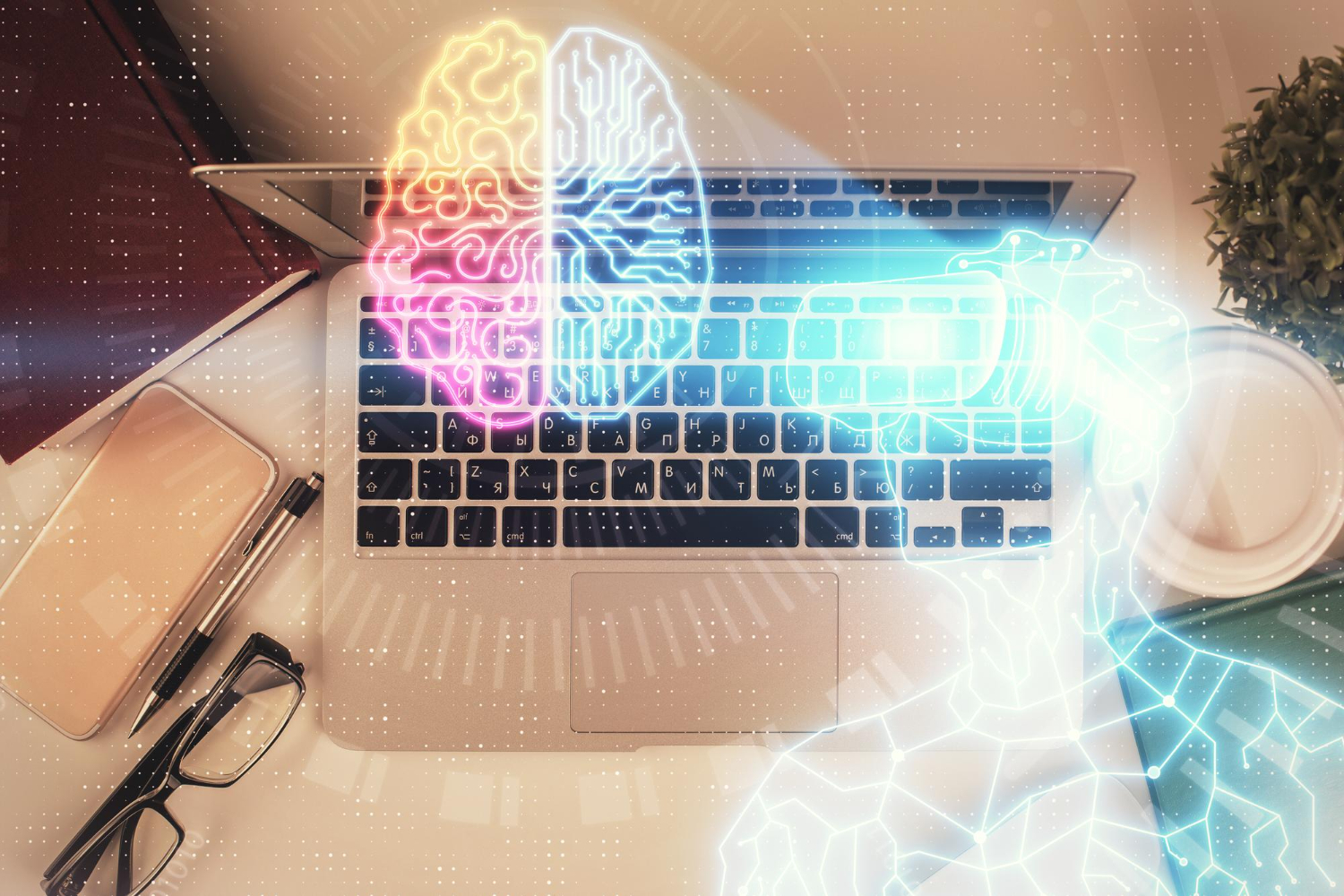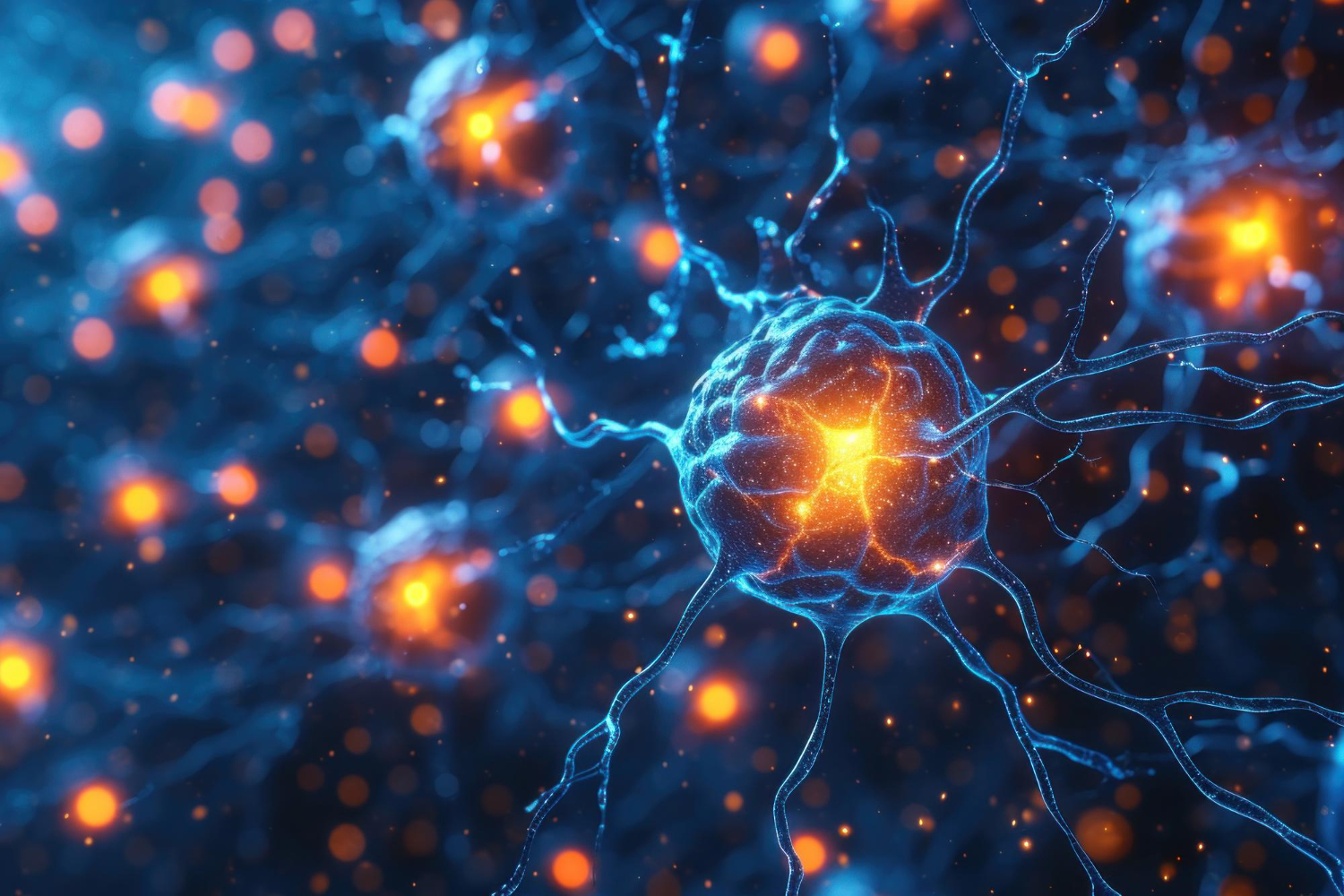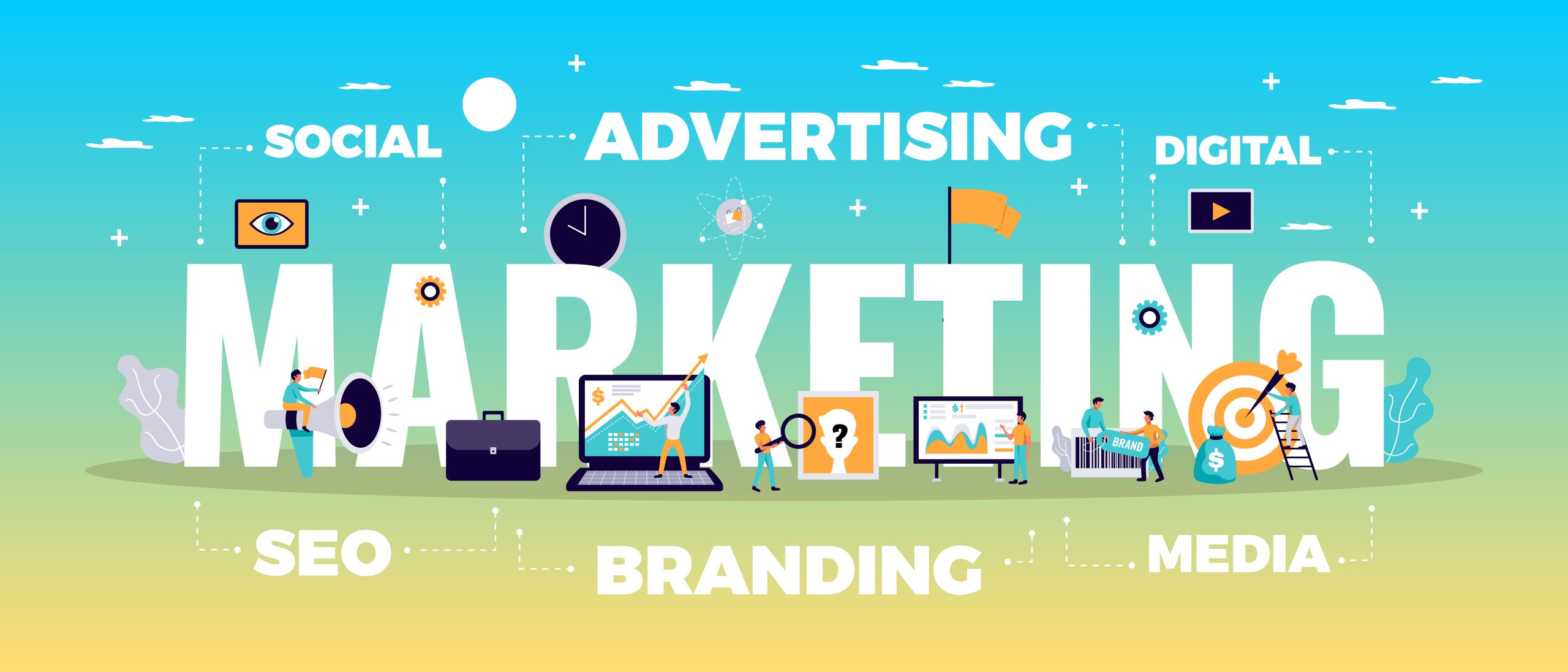
In the ever-evolving digital landscape, marketers are constantly seeking innovative ways to capture their audience’s attention and forge strong connections. Enter neuro aesthetics, the powerful blend of art and science that revolutionizes digital marketing. This transformative approach combines the understanding of human psychology with the visual appeal of stunning design, leveraging the brain’s response to create captivating brand experiences.
By tapping into the principles of neuro aesthetics, marketers can strategically craft their websites, ads, and social media content to elicit desired emotional responses, boost engagement, and ultimately increase conversions. From the careful selection of colors, fonts, and images to the strategic placement of interactive elements, every aspect is meticulously curated to appeal to the subconscious mind and evoke a positive brand perception.
Through neuro aesthetics, marketers gain insights into how consumers perceive and process information, enabling them to create experiences that resonate deeply and leave a lasting impact. Gone are the days of one-size-fits-all marketing strategies; neuro aesthetics empowers brands to customize and personalize their messaging, embracing the uniqueness of each individual’s cognitive and emotional makeup.
In this article, we delve into the art and science of neuro aesthetics and explore its role in transforming digital marketing. Join us as we uncover the secrets to creating compelling brand experiences that captivate and convert.
Understanding the connection between art and the brain
Art has always had a profound impact on the human mind. Whether it’s a beautiful painting, a captivating piece of music, or a well-crafted film, art has the ability to move us, evoke emotions, and create lasting memories. But what exactly happens in our brains when we experience art? The emerging field of neuro aesthetics seeks to answer this question by exploring the neural mechanisms behind our aesthetic experiences.
Neuroscience research has shown that when we engage with art, various regions of our brain are activated. For example, the visual cortex is responsible for processing the visual aspects of a painting, such as colors, shapes, and lines. The frontal cortex, on the other hand, is involved in the cognitive processes of analyzing and interpreting the artwork. Additionally, the limbic system, which is associated with emotions, plays a crucial role in our aesthetic experiences.
Understanding this connection between art and the brain is essential for marketers looking to create impactful brand experiences. By leveraging the principles of neuro aesthetics, they can tap into the brain’s natural response to art and design, creating visually stunning and emotionally engaging content that resonates with their audience on a deeper level.
The science behind neuro aesthetics
Neuro aesthetics is not just about creating visually appealing designs; it also involves understanding the underlying cognitive processes that shape our aesthetic preferences. Researchers have discovered that certain elements of art, such as symmetry, balance, and complexity, are universally appealing across cultures. These features activate the brain’s reward system, releasing dopamine and eliciting positive emotions.
Furthermore, studies have shown that our aesthetic preferences are influenced by both nature and nurture. Evolutionary factors, such as our preference for landscapes and natural scenes, are rooted in our ancestral past. Cultural factors, on the other hand, shape our aesthetic preferences based on societal norms and values.
Neuroscientists have also identified specific brain regions that are involved in our aesthetic experiences. The default mode network, which is responsible for internal reflection and self-referential thinking, becomes active when we appreciate art. The insula, a region associated with emotional processing, is also engaged during aesthetic experiences.
By understanding the science behind neuro aesthetics, marketers can strategically design their content to appeal to these neural mechanisms. They can create visually pleasing designs that activate the brain’s reward system, elicit positive emotions, and leave a lasting impression on their audience.

How neuro aesthetics can enhance digital marketing
In today’s fast-paced digital landscape, capturing and retaining the attention of consumers is no easy task. With the average human attention span decreasing to just a few seconds, marketers need to find innovative ways to stand out from the noise. This is where neuro aesthetics comes into play, offering a transformative approach to digital marketing.
By incorporating the principles of neuro aesthetics into their strategies, marketers can create visually appealing and emotionally engaging content that captures the attention of their audience. They can leverage the brain’s natural response to art and design to create memorable brand experiences that resonate deeply.
One way neuro aesthetics can enhance digital marketing is through website design. By carefully selecting colors, fonts, and images that align with their brand identity and appeal to their target audience, marketers can create a visually cohesive and aesthetically pleasing website. Additionally, they can optimize the user experience by strategically placing interactive elements and utilizing intuitive navigation, keeping visitors engaged and encouraging them to explore further.
Neuro aesthetics can also be applied to graphic design and branding. By understanding the neural mechanisms behind aesthetic preferences, marketers can create logos, packaging, and promotional materials that are visually captivating and emotionally appealing. They can leverage the principles of symmetry, balance, and complexity to create designs that stand out and leave a lasting impression.
Video marketing is another area where neuro aesthetics can make a significant impact. By incorporating visually stunning imagery, captivating storytelling, and emotionally charged soundtracks, marketers can create videos that resonate with their audience on a deep emotional level. They can tap into the brain’s natural response to narrative and music, creating videos that evoke strong emotions and forge a strong connection with their brand.
Social media marketing is yet another domain where neuro aesthetics can revolutionize digital marketing strategies. By understanding how users perceive and process information on social media platforms, marketers can create visually striking and emotionally engaging content that stands out in crowded feeds. They can leverage the principles of neuro aesthetics to create thumb-stopping visuals and compelling captions that capture the attention of their audience and encourage them to engage with their brand.
Applying neuro aesthetics to website design
When it comes to website design, every element plays a crucial role in creating a visually appealing and engaging user experience. By applying the principles of neuro aesthetics, marketers can optimize their websites to capture and retain the attention of their visitors.
Color selection is a fundamental aspect of website design that can significantly impact the user’s perception of a brand. Different colors evoke different emotions and associations, and understanding the psychology behind color can help marketers create a cohesive and emotionally appealing website. For example, warm colors like red and orange can evoke feelings of excitement and energy, while cool colors like blue and green can create a sense of calm and trust.
Typography is another important element of website design that should not be overlooked. Fonts can convey different personalities and emotions, and choosing the right font can help establish a brand’s identity and create a consistent visual language. Serif fonts, for example, can convey a sense of tradition and elegance, while sans-serif fonts are often associated with modernity and simplicity.
Images and visuals are powerful tools in capturing the attention of website visitors. By carefully selecting high-quality images that align with their brand and appeal to their target audience, marketers can create a visually striking website that leaves a lasting impression. Additionally, incorporating visually engaging videos or interactive elements can enhance user engagement and create a more immersive brand experience.
Strategic placement of interactive elements is also crucial in website design. By strategically placing calls-to-action, forms, and other interactive elements, marketers can guide visitors through the website and encourage them to take desired actions. Understanding the cognitive processes involved in decision-making can help optimize these elements for maximum effectiveness.
Overall, by applying the principles of neuro aesthetics to website design, marketers can create visually appealing and emotionally engaging websites that capture the attention of their audience and drive conversions.
Using neuro aesthetics in graphic design and branding
Graphic design and branding are essential components of a successful marketing strategy. By incorporating the principles of neuro aesthetics into these areas, marketers can create visually captivating designs that leave a lasting impression on their audience.
Symmetry is a fundamental principle of neuro aesthetics that can be leveraged in graphic design. Humans have an innate preference for symmetry, as it is often associated with beauty and balance. By incorporating symmetrical elements in their designs, marketers can create visually pleasing compositions that resonate with their audience.
Balance is another crucial aspect of graphic design that can be enhanced through neuro aesthetics. Visual balance refers to the distribution of visual weight in a design, and achieving balance can create a sense of stability and harmony. By understanding the brain’s preference for balanced compositions, marketers can create designs that are visually appealing and easy to comprehend.
Complexity is another element that can enhance the aesthetic appeal of graphic designs. The brain is naturally drawn to complex and intricate patterns, as they engage our cognitive processes and stimulate curiosity. By incorporating intricate details and patterns in their designs, marketers can create visually captivating compositions that capture the attention of their audience.
In addition to these principles, understanding the psychology of color is crucial in graphic design and branding. Different colors evoke different emotions and associations, and by strategically selecting colors that align with their brand identity and appeal to their target audience, marketers can create visually cohesive designs that elicit the desired emotional response.
Typography also plays a crucial role in graphic design and branding. Fonts can convey different personalities and emotions, and choosing the right font is essential in establishing a brand’s identity. By understanding the psychology behind fonts and selecting ones that resonate with their audience, marketers can create designs that effectively communicate their brand message.
By incorporating the principles of neuro aesthetics into graphic design and branding, marketers can create visually captivating designs that leave a lasting impression on their audience and reinforce their brand identity.

Leveraging neuro aesthetics in video marketing
Video marketing has become an increasingly popular and effective strategy for brands looking to engage their audience. By incorporating the principles of neuro aesthetics, marketers can create videos that capture attention, evoke emotions, and leave a lasting impact.
Visual storytelling is a powerful tool in video marketing. By crafting a compelling narrative that resonates with their audience, marketers can create videos that engage the brain’s natural response to storytelling. The brain is wired to process information in the form of stories, and by leveraging this innate cognitive process, marketers can create videos that captivate their audience and forge a strong connection with their brand.
Music and soundtracks also play a crucial role in video marketing. The brain has a strong emotional response to music, and by carefully selecting soundtracks that complement the visuals and evoke the desired emotions, marketers can create videos that leave a lasting impression. Whether it’s an uplifting melody or a suspenseful score, the right soundtrack can enhance the emotional impact of a video and create a more immersive brand experience.
Visual aesthetics are equally important in video marketing. By incorporating visually stunning imagery, marketers can create videos that capture attention and stand out from the crowd. Whether it’s through the use of vibrant colors, dynamic camera angles, or visually engaging animations, the brain is naturally drawn to visually appealing content.
Additionally, understanding the optimal video length is crucial in video marketing. The brain’s attention span is limited, and marketers must find the right balance between engaging their audience and delivering their message effectively. By creating videos that are concise, engaging, and to the point, marketers can maximize the impact of their video marketing efforts.
By leveraging the principles of neuro aesthetics in video marketing, marketers can create videos that capture attention, evoke emotions, and leave a lasting impression on their audience.
Incorporating neuro aesthetics in social media marketing
Social media platforms have become an integral part of our daily lives, and marketers have recognized the potential of these platforms in reaching and engaging their audience. By incorporating the principles of neuro aesthetics into their social media marketing strategies, marketers can create visually striking and emotionally engaging content that stands out in crowded feeds.
Understanding how users perceive and process information on social media platforms is crucial in creating effective content. The brain’s attention span on social media is limited, and marketers must find innovative ways to capture and retain the attention of their audience. By leveraging the principles of neuro aesthetics, marketers can create visually captivating visuals that immediately grab attention and encourage users to engage with their brand.
Images and visuals play a crucial role in social media marketing. By carefully selecting high-quality and visually striking images, marketers can create content that stands out in crowded feeds. Whether it’s through the use of vibrant colors, interesting compositions, or eye-catching graphics, visually appealing content is more likely to capture the attention of users as they scroll through their social media feeds.
Captions and copywriting are equally important in social media marketing. By crafting compelling and emotionally engaging captions, marketers can enhance the impact of their visuals and encourage users to take desired actions. Understanding the psychology of language and utilizing persuasive writing techniques can help marketers create captions that resonate with their audience and drive engagement.
The use of interactive elements can also enhance the effectiveness of social media marketing. By incorporating interactive features such as polls, quizzes, or contests, marketers can create content that encourages user engagement and interaction. The brain is naturally drawn to interactive content, as it activates our curiosity and stimulates cognitive processes.
By incorporating the principles of neuro aesthetics into social media marketing, marketers can create visually striking and emotionally engaging content that stands out in crowded feeds and encourages users to engage with their brand.
Case studies showcasing successful implementation of neuro aesthetics
To truly understand the impact of neuro aesthetics on digital marketing, let’s explore a few case studies showcasing successful implementation of these principles.
Case Study 1: Airbnb
Airbnb is known for its visually captivating and emotionally engaging website design. By incorporating the principles of neuro aesthetics, Airbnb creates a visually cohesive and aesthetically pleasing website that captures the attention of its visitors. The color scheme, composed of warm and inviting tones, creates a sense of comfort and trust. The use of high-quality images that showcase beautiful locations taps into our natural preference for landscapes and natural scenes, evoking a sense of wanderlust and adventure.
Case Study 2: Apple
Apple is renowned for its iconic and visually striking branding. By leveraging the principles of neuro aesthetics, Apple creates designs that are visually captivating and emotionally appealing. The simplicity and minimalism of their designs create a sense of elegance and sophistication. The use of symmetry and balance in their product designs evokes a sense of harmony and beauty. Additionally, the carefully selected typography and clean lines create a consistent visual language that is instantly recognizable.
Case Study 3: Coca-Cola
Coca-Cola’s marketing campaigns are known for their emotional impact and visual appeal. By incorporating the principles of neuro aesthetics, Coca-Cola creates videos and visuals that capture attention and evoke positive emotions. Their holiday campaigns, for example, tap into our nostalgia and create a sense of warmth and joy. The use of vibrant colors, catchy jingles, and visually engaging imagery creates a brand experience that resonates deeply with their audience.
These case studies demonstrate the power of neuro aesthetics in creating compelling brand experiences that captivate and convert. By understanding the principles behind neuro aesthetics and applying them strategically, marketers can create content that stands out, evokes emotions, and leaves a lasting impression on their audience.

Conclusion: The future of neuro aesthetics in digital marketing
Neuro aesthetics is revolutionizing the way we approach digital marketing. By understanding the connection between art and the brain, marketers can tap into the brain’s natural response to art and design, creating visually captivating and emotionally engaging content that resonates with their audience on a deeper level.
The science behind neuro aesthetics provides valuable insights into the cognitive processes that shape our aesthetic preferences. By leveraging these insights, marketers can strategically craft their content to elicit desired emotional responses, boost engagement, and ultimately increase conversions. From website design to graphic design, video marketing to social media marketing, the principles of neuro aesthetics can be applied across various digital marketing strategies.
As technology continues to advance and our understanding of the brain deepens, the role of neuro aesthetics in digital marketing will only grow in importance. The future of digital marketing lies in the ability to create personalized and immersive brand experiences that engage the brain’s natural response to art and design.
In conclusion, neuro aesthetics offers a transformative approach to digital marketing that combines the power of art and science. By understanding the principles behind neuro aesthetics and applying them strategically, marketers can create compelling brand experiences that captivate and convert.




